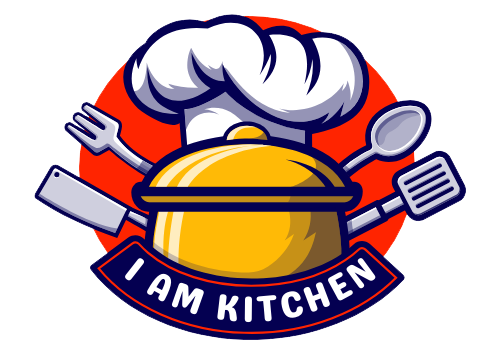Sponges are one of the most essential and commonly used items in any kitchen. They are used for various purposes, including cleaning dishes, wiping surfaces, and even scrubbing tough stains. Sponges come in a variety of types and materials, each with its own unique features and benefits. In this article, we will explore the different types of sponges available and their uses in the kitchen.
- Cellulose Sponges
Cellulose sponges are one of the most popular types of sponges used in the kitchen. They are made from natural materials, including wood pulp and cotton fibers. These sponges are highly absorbent and can hold a lot of water, making them ideal for cleaning up spills and wiping down surfaces. Cellulose sponges are also gentle on delicate surfaces, such as glass and ceramic, and will not scratch or damage them.
One of the biggest advantages of cellulose sponges is that they are reusable and can be washed and sanitized easily. They are also biodegradable, making them an environmentally friendly choice for those who want to reduce their carbon footprint.
- Synthetic Sponges
Synthetic sponges are made from a variety of materials, including foam, polyester, and nylon. These sponges are highly durable and can withstand heavy use and repeated washing. They are also resistant to bacteria and mildew, making them an ideal choice for use in the kitchen, where hygiene is crucial.
Synthetic sponges come in different shapes and sizes, and some are specifically designed for specific tasks. For example, a scrub sponge is designed to remove tough stains and grime from surfaces, while a sponge mop is ideal for cleaning floors.
- Natural Sea Sponges
Natural sea sponges are harvested from the ocean and are a renewable resource. They are soft and absorbent, making them ideal for cleaning delicate surfaces such as fine china and silverware. Additionally, they are hypoallergenic, which makes them a good option for people with sensitive skin.
One of the disadvantages of natural sea sponges is that they can be expensive compared to other types of sponges. They also require special care and maintenance to prevent bacterial growth and prolong their lifespan.
- Microfiber Sponges
Microfiber sponges are made from synthetic materials and are designed to trap dirt and grime more effectively than other types of sponges. They are highly absorptive and can hold up to seven times their weight in water. Microfiber sponges are also reusable and can be washed and dried easily.
These sponges are ideal for cleaning surfaces such as countertops, stovetops, and sinks. They are also effective at removing grease and oil from surfaces, making them an ideal choice for use in the kitchen.
Uses of Sponges in the Kitchen
- Cleaning Dishes
Sponges are primarily used in the kitchen for cleaning dishes. They can be used to scrub tough stains and grime from dishes, pots, and pans. Cellulose sponges and synthetic sponges are ideal for this task as they are highly absorbent and can hold a lot of water.
- Wiping Surfaces
Sponges are also used for wiping down surfaces in the kitchen, such as countertops, stovetops, and sinks. Microfiber sponges are ideal for this task as they are highly absorbent and can trap dirt and grime more effectively than other types of sponges.
- Scrubbing Tough Stains
Sponges are also useful for scrubbing tough stains and grime from surfaces in the kitchen. Scrub sponges, which are made from synthetic materials, are designed specifically for this task and are highly effective at removing stubborn stains.




